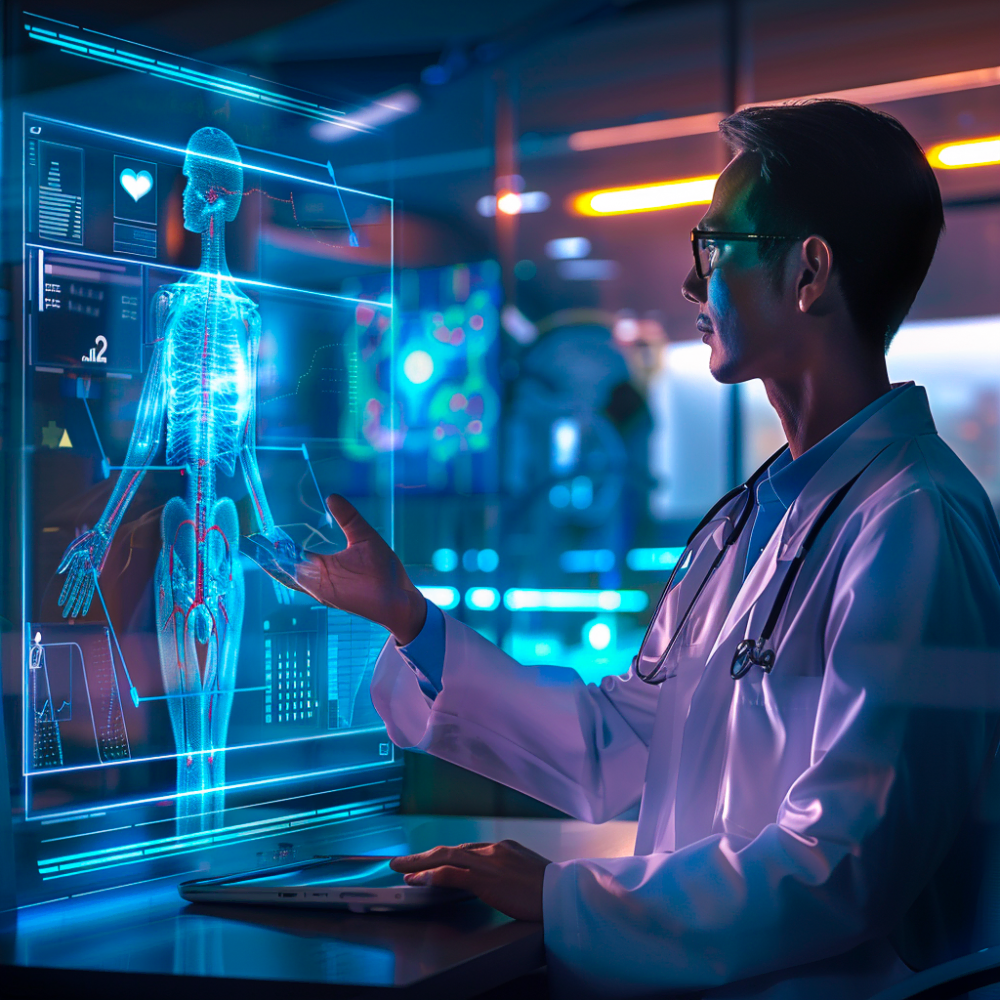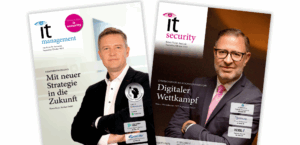The current report “Connected Products – Behind the Scenes” by Reply and the analysts from PAC offers exciting insights and outlooks on the topic of the “Internet of Things” (IoT). It sheds light on the areas of application of intelligent connected products, their technological innovation potential and their future prospects.
Transformational gains through comprehensive networking
The Internet of Things (IoT) has developed rapidly in recent years and revolutionized many aspects of our daily lives through optimized user experiences. Technological advances in miniaturization, energy efficiency and wireless connectivity are facilitating the integration of connected products and solutions into workflows, leading to profound changes. This development promises significant performance improvements, cost savings and the development of new business models and affects transformative processes in the consumer segment as well as commercial and industrial applications.
Revolutionary advances through AI and machine learning
The convergence of AI and networked products opens up excellent prospects that seemed unimaginable yesterday.
The integration of artificial intelligence (AI) into connected products is fundamentally changing the manufacturing industry as connected solutions are applied to all aspects of production. They use sensors, cloud-based IoT platforms and real-time data to improve design, engineering and operational efficiency. This enables the transition from reactive to proactive strategies, e.g. through predictive maintenance, which reduces downtime and thus supports more sustainable business models.

In healthcare, the integration of AI into connected products will improve access to healthcare and provide advanced disease management through remote monitoring. Wearables technology has evolved from simple fitness trackers to highly complex medical devices that can process large data streams of critical health parameters.

Cross-industry benefits
Networked products and systems are valuable tools for companies to streamline processes and reduce costs. The main results include high energy efficiency, the conservation of resources and the reduction of waste.
Networked solutions turn industrial plants, logistics centers, retail outlets and offices into intelligent centers that lead to greater operational reliability and more efficient work processes – such as the optimization of supply chains.

Energy suppliers are using AI-supported networked technologies to achieve efficiency and sustainability targets, for example with the help of smart electricity meters, thermostats and solar cells.
In the automotive industry, connected vehicles optimize the continuous exchange of data to improve driving comfort and safety – especially with regard to autonomous driving systems.

In the real estate industry, intelligent technologies make a significant contribution to more efficient energy management.
The insurance industry uses networked products for new business models and services.
In robotics, the interplay of embedded intelligence, sensors, cameras and connectivity has an impact. Networked collaborative robots (cobots) automate tasks in production environments – in close interaction between man and machine.
Finally, smart home and personalization solutions are also becoming increasingly attractive in the consumer sector.
Strong growth, great potential
The seamless integration of an increasing number of connected products in different application areas requires continuous improvement and compliance with quality, safety and reliability standards. Protocols must be developed and implemented so that devices from different manufacturers can work together smoothly.
The number of IoT connections has tripled in the last five years. Forecasts predict a further tripling in the next five years. According to these forecasts, there will be almost 40 billion IoT connections by 2028, more than half of which will be in the consumer IoT and a quarter in the industrial IoT. The automotive IoT will already have around three billion connections by then.
More opportunities than risks
The Reply Report recommends that companies invest in a robust technological infrastructure. Particular attention should be paid to data protection and data security. The targeted use of data generated by networked products requires clear strategies. The following applies: think big, but start small.
Brands and manufacturers should promote a flexible organizational culture that closely monitors trends, technologies and consumer preferences. In this way, the right connected products at the right time can lead to a pioneering role in the market. The medium-term development of connected devices is moving towards personalization: products react to individual preferences and adapt accordingly.
With a view to equal opportunities, networked products can enable new applications, especially for small and medium-sized enterprises. They benefit from the availability of scalable cloud platforms, open source software and cost-effective networked systems. This democratization leads to fairer competitive conditions and promotes innovation.
Game changer quantum computing
Quantum computers are fundamentally changing data processing, analysis and decision-making in networked systems. The immense computing power of quantum computing will effortlessly handle the huge data streams of IoT networks in the future. Complex algorithms can be solved in a matter of seconds. Ideally, detailed information, patterns and correlations can be identified that remained undetected with previous computing methods.
Haptic technologies will play an increasingly important role. They bridge the sensory gap between the virtual and real world. The seamless integration of the physical and digital worlds opens up new, exciting prospects for many industries.
With the report, Reply provides a comprehensive resource that gives a profound overview of the status quo and further developments of networked products. They are structured according to application areas, including case studies and technologies.
The report, including the success stories, can be downloaded here.












